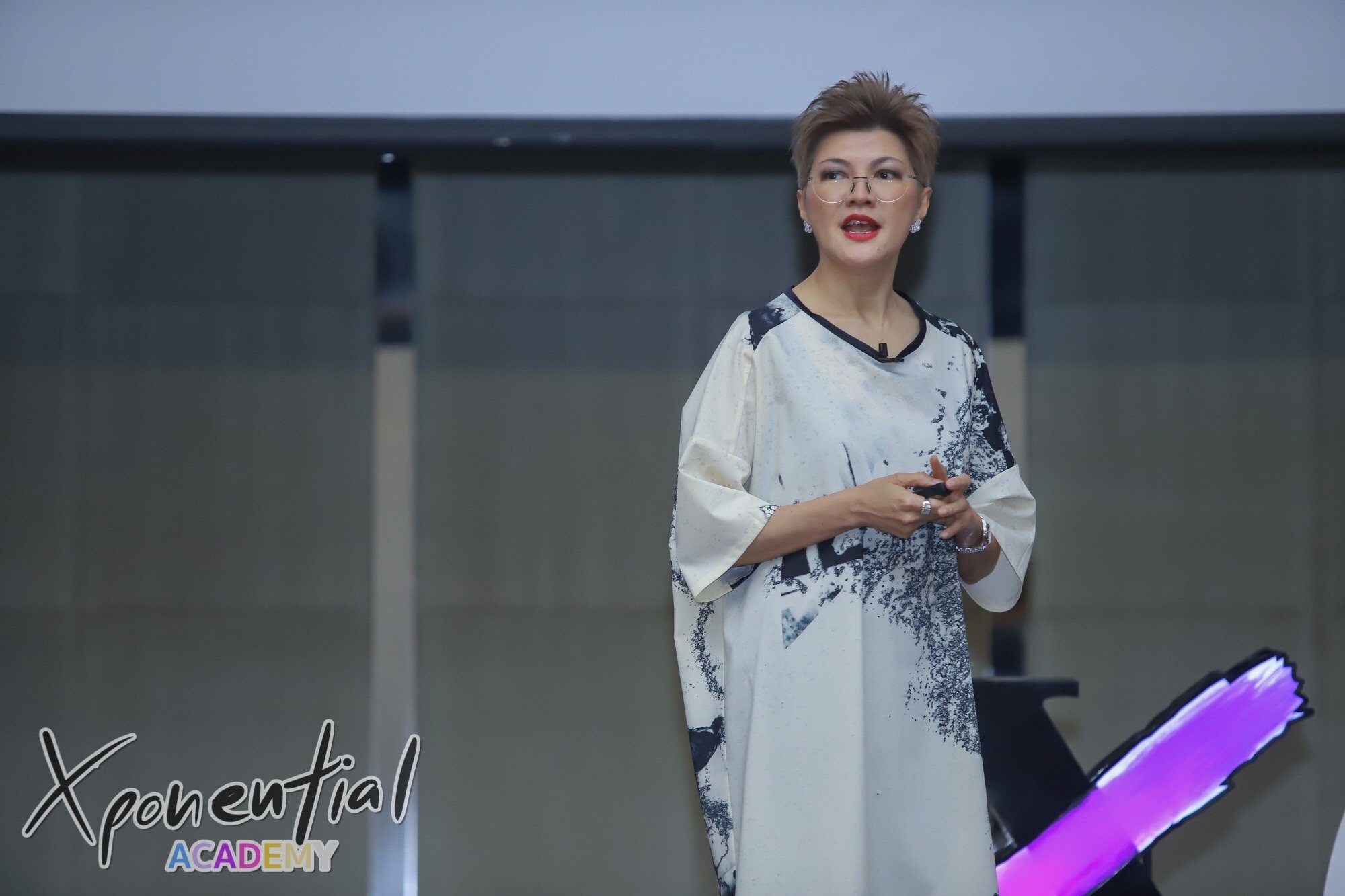
MOVEMENT MATTERS
Body Movement is a psycho-physical process - an outward expression of inner intent. The use of congruent body movement in combination with the verbal message can enhance communication.
What people don’t consider when presenting:
What others see.
One’s signature body movement or repetitive movement which could interfere with the verbal message.
Shape: Using different shapes of movement in the following planes:
Horizontal = communicating with spreading and enclosing
Vertical = sense of authority through the weight effort giving what is presented “weight”, literally….expressing a determination or resolve, an ability to argue for a particular aspects over others.
Sagittal Planes.
One’s overall body attitude or static body posture:
Pin Body Attitude - communicates rigidity.
Wall Body Attitude – communicates being one-dimensional and appearing unapproachable and authoritative.
Ball Body Attitude - communicates caving in, and being humble and sometimes weakness.
Screw Body Attitude - communicates approachability, ability to use different dimensions, and ability to do complex tasks.
The use of one’s reach and hand gesture, for example, using near, mid or fear reach.
Whether one’s movement involves whole or just part of body.
One’s “Phrasing”:
Even Phrasing – communicates consistency and calmness.
Impulsive Phrasing – communicates abruptness, urgency, chaotic, rushing qualities with no preparation.
Impactive Phrasing – communicates weight and solidity, insistent, clear, declarative.
Swing Phrasing – communicates resiliency, cooperative, easy going, playful.
Vibratory Phrasing – communicates nervousness, hectic, chaotic and out of control qualities.
Space: whether movement is focus or scattered.
Weight: whether movement is with pressure, force or with sensitivity.
Time: whether movement is with speed, sudden expressing sense of urgency or taking time slowing of the pace.
PGMs: the use of posture and gesture mergers to create genuine and conflict-free expressions.
Expanding one’s own scope of movement possibilities.
Movement in Communication
Alisa on "Movement in Communication",
Heidelberg University, Germany
WHAT YOU WILL LEARN
Your Stance:
How wide should your legs and feet be when standing?
Your Body Attitude (Body Posture):
Yes, there is such a thing as "Body Attitude"!!! How much do you know about your Body Attitude and how others perceived of you?
Your Head Gesture:
How much should you use your hand gesture to ensure they are in congruent with the whole body movement and message? How to avoid repetitive, meaningless hand gesture? How about the shapes of your hands and the speed in which you gesture?
Your Reach:
Should you use near reach or gesture all the time or do you realise that you can also use mid and far reach as well?
Your Feet:
Should they be firmly planted or are you planning to move?
Moving:
Add your pricing strategy. Be sure to include important details like value, length of service, and why it’s unique.
Weight Shifting:
How do you know when to weight shift and which direction should you go? How do you know if your weight shifts will coordinate with other parts of your body, for example, your hand gesture?
Speed:
How do you know you're not moving too much, too little, or too abruptly?
Walking:
When should you walk and how far should you go? How fast or slow should you walk in order to ensure walking will not interfere with the delivery of your message?
Audience Engagement:
How do you engage with your audience?
Weight Effort:
How about the weight you use in the delivery of your message, considering strong weight is normally associated with firm and decisiveness and light weight is associated with being gentle and calm.
Upper Body:
What about the rotation of your upper body in order not to appear static and that you are talking to everyone?
Eye Contact:
What sort eye contact should you give your audience? Should you just look at one person or look around?
And much more….

Understanding that people express feelings through their movements is an essential skill. Alisa has taught me to read people’s body language which continues to help me daily in my work in sales. In negotiations I am now able to sense what is going on in the minds of my business partners. But communication always goes two-ways. Alisa is so skilled in her area; she has even profiled my own body movement so I know how I come across towards other people!
Bernhard Vreden, M.Sc.
Key Account Manager
Bodo Möller Chemie GmbH






